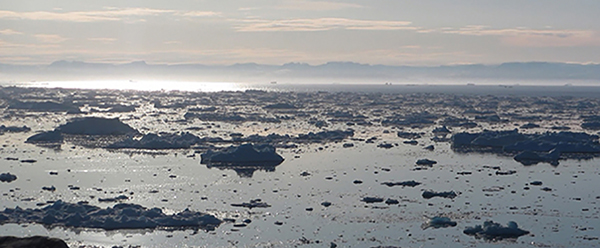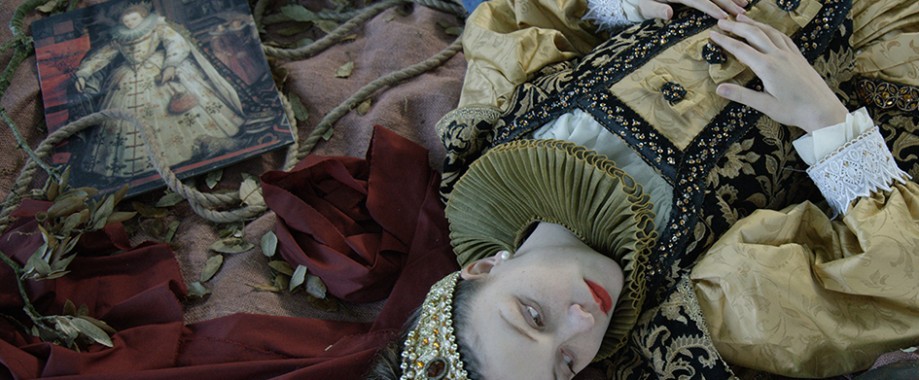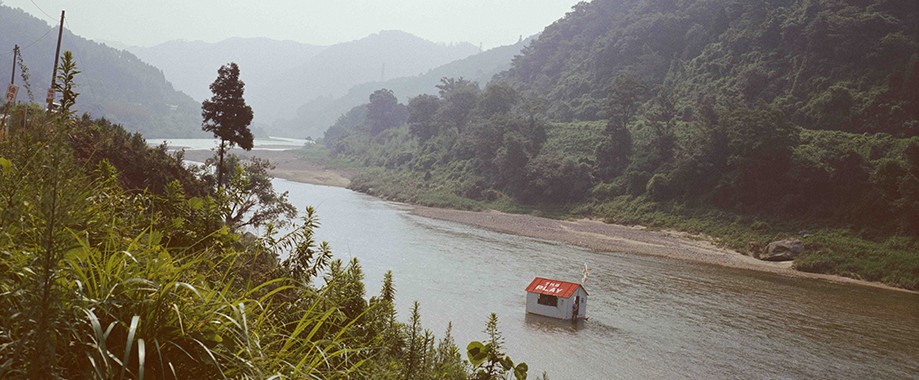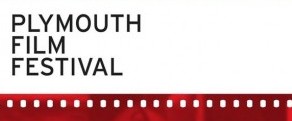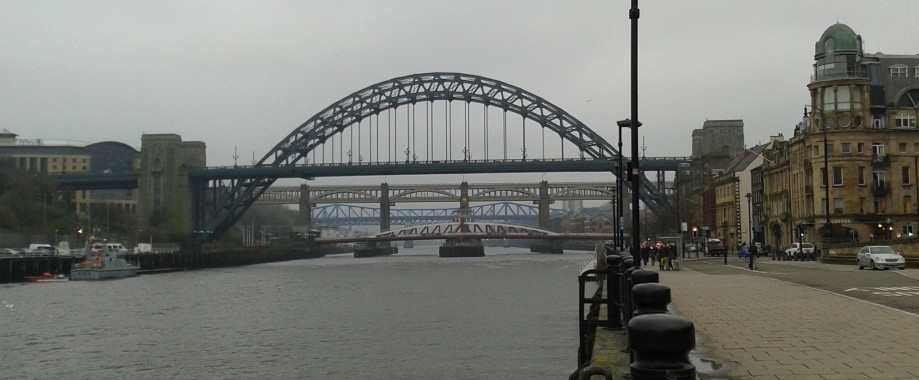
Our team were awarded a small bursary from Film Hub South West and West Midlands (SWWM) to carry out research for our upcoming film festival at the biennial AV Festival. Our Producer, Phil, and Marketing Coordinator, Vhari, made the journey to Newcastle for the closing weekend.
We had chosen to visit AV Festival 2014 partly due to this year’s festival theme, Extraction, inspired by the cities strong historical link with coal mining. This theme, along with the post-industrial River Tyne providing a dramatic backdrop to many of the events, clearly had a lot of relevance to our project and the heritage of the River Tamar which was, itself, once a bustling hub of industry. The festival also produced exhibitions, commissions, and film screenings across Newcastle, Gateshead, Sunderland and Middlesbrough, which made it an ideal event for our research purposes, as we too are planning to screen a variety of film in various venues along the Tamar for the It’s All About the River film festival. The main draw for this weekend, though, was the closing event, Test Dept at Dunston Staiths, which promised an evening boat trip to view an exciting and innovative work utilising the river’s industrial architecture.
The trip north started early, with a pre-dawn rise to make our flight out of Bristol. All planning for the next few days was deferred until we had safely arrived in Newcastle and were cosied up with a caffeine hit and some much needed nourishment. We knew we had some busy days ahead of us, as we wanted to experience as much of the festival as possible.
The rest of the day went by in a soggy blur; as we ran from venue to venue through the deluge. With our river focus, a real highlight was Susan Strenger’s Sound Strata of Coastal Northumberland at the Laing Gallery, where we experienced a sonic representation of river geology. Using a beautifully detailed 1830’s diagram of the length of the Tyne drafted by mining engineer Nicolas Woods as a guide, the artist composed a hypnotic 57 minute score for pipes, brass and vocals that travelled the length of river and synchronised perfectly with Wood’s illustration. At the Laing Gallery, we also had the opportunity to speak to AV Festival staff at the installation of Jessica Warboys’ work. Informally chatting to the festival organisers and the volunteers at the exhibitions gave us good insights into how the festival was run and some of the staff became familiar faces as we attended more events.
We were also struck by the impact that the venue or location where the events were taking place had on our experiences: the dark, grand setting of the lecture hall of the Mining Institute for Anna Molska’s The Weavers underlined the sense of foreboding in the work; and Akio Suzuki’s oto-date took the art experience outside the gallery space and on to the streets of Newcastle, creating an engagement with people who either knowingly or unknowingly interacted with the work.
In the evening, we were treated to the unflinching and, at times harrowing portrayal of a Chinese labour camp in Wang Bing’s The Ditch. Based on the artist’s interviews with the survivors, the film gave a brutal account of prison life in the Gobi Desert. The juxtaposition of this and another of Wang Bing’s films Crude Oil, which we had viewed earlier that day, was interesting. Crude Oil is a 14 hour epic, which has to be screened over two days, following the lives of crude oil extractors working in the Gobi Desert. When we went to view the work, the workers were on a break, so we experienced a strange half hour or so of watching them watching TV. Despite this, the contrast of two films centred on the same location, with differing themes based around hard labour, was of interest and these kinds of relationships may inform our own programme as we begin to schedule our film festival.
Following a good night’s sleep, despite the shrieks of the kittiwakes nesting under the nearby bridge, we headed out to Sunderland on the city’s metro service. Here, we again sheltered from the rain to enjoy Salvatore Arancio’s Cathedral and the collective Stone exhibition at the Northern Gallery for Contemporary Art. Stone featured work by several artists which focused on the raw material of stone and how it has been directly shaped by the human hand and culture. These differing interpretations provided some comedy, with Jimmie Durham and Maria Thereza Alves’ thrown and dropped rocks in Collected Stones, and instilled a sense of awe at the scale of the raw materials being quarried in Yuri Ancarani’s Il Capo. We were also mesmerised by Thiago Rocha Pitta’s Danae nos jardins de gorgona ou saudades da Pangeia, a simple but effective film where the camera closely tracked the course of a stream of honey slowly flowing down a rock face and glistening occasionally in the sun.
To finish off our trip, we were lucky enough to secure tickets to the sold out: Test Dept at Dunston Staiths. Running over the final weekend of the AV Festival, the event involved boarding a riverboat and travelling upstream to Dunston Staiths, which was built to ship coal from Newcastle to the world and is reputed to be Europe’s largest wooden structure. Here, spectators would witness an installation, including sound, lighting and a screening by industrial music group Test Dept. The work explored their own involvement in the 1984 Miner’s Strike, as well as the wider issues and events around the “Coal Not Dole” message.
We arrived at the boarding point and were greeted by a group of friendly AV Festival volunteers. After some patient queuing in the cold, we boarded the boat and prepared for our journey upstream. En route, we were afforded some fantastic views of the bridges over the River Tyne as they rose and spun out of the way of our boat, accompanied by the sound of industrial clunking and distant bag-pipes that were subtly emitted from on board speakers. With the first glimpse of a piercing spotlight coming from the venue, our anticipation began to build. Slowly Dunston Staiths came into view and, as the boat lined up with the screen, the film began. What followed was a cacophony of light, sound and film which spoke of the turmoil of the miners’ strike; the history and the hurt. It was truly a dazzling and emotional spectacle: the noise, the visuals all enhanced by the low-lit skeletal remains of the structure and our constantly changing position on the river as the boat ebbed and flowed with the current. When the noise stopped and the lights went dark, an eerie silence followed and our group of spectators were left to their thoughts as we journeyed back down the river.
Thank you to the staff and volunteers at AV Festival for putting on such wonderful events and for taking the time to speak to us and thank you also to Film Hub SWWM, without whom this trip would not have been possible.
More images from our research trip are available on Facebook.



